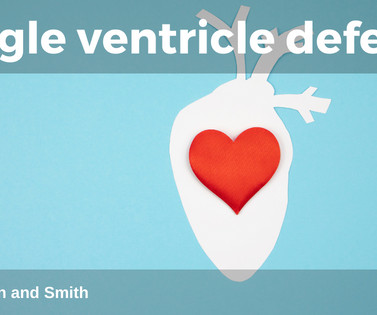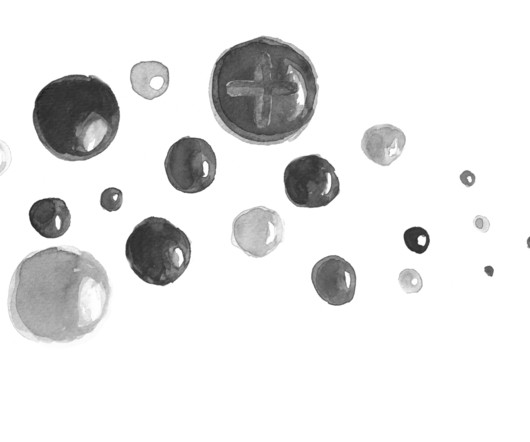SGEM#275: 10th Avenue Freeze Out – Therapeutic Hypothermia after Non-Shockable Cardiac Arrest
The Skeptics' Guide to EM
NOVEMBER 16, 2019
Laura Melville (@lmelville535) is an emergency physician in Brooklyn, New York, is a part of the New York ACEP Research Committee, ALL NYC EM, and is the NYP-Brooklyn Methodist Resident Research Director. She had a witnessed arrest, and CPR was initiated by bystanders. This has been or out-of-hospital cardiac arrests (OHCA).















Let's personalize your content